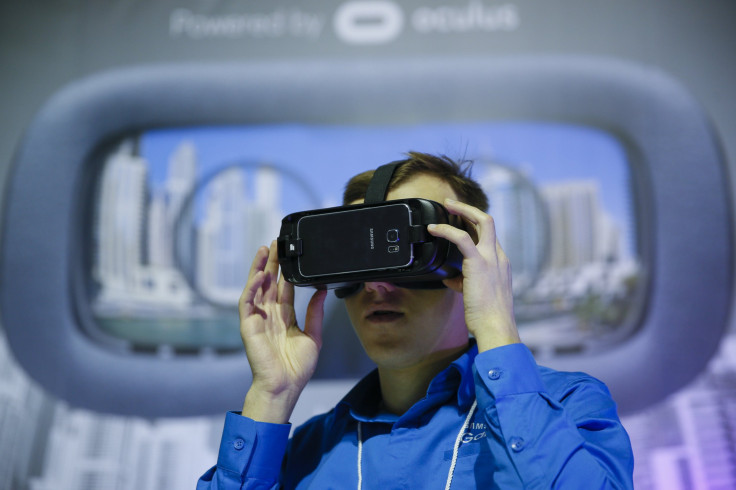Virtual Reality Could Soon Alleviate Phobias, Anxiety And Other Mental Health Illnesses

The concept of virtual reality started decades ago but it made a bigger splash on the tech scene in 2010 when the first prototype of VR headset Oculus Rift was innovated by young entrepreneur Palmer Luckey. Now computer-generated simulation of 3D visuals could soon be used to treat several kinds of mental health illnesses including addiction, anxiety and phobia, Agence France Presse reported Thursday.
"With virtual reality you can create audiovisual therapies in a safe environment for phobics," Lithuanian firm TeleSoftas’s CEO Algridas Stonys said.
Virtual reality could be used to simulate an experience for a user who struggles with a particular fear. For example, a person with a fear of flying could be provided with the audiovisual experience of being on an airplane as a form of exposure therapy.
Stonys’ company recently accepted funds from the European Union to develop apps for virtual reality headsets that would be used for alleviating mental health problems. Another company – Spanish start-up Psious – has been working on the same concept, developing apps that psychotherapists could implement for virtual reality headsets.
Mental health issues are prevalent in the U.S. One out of every five adults has a mental health issue, one in 10 have had at least one battle with depression in their life and one in 25 were diagnosed with a serious illness like bipolar disorder or schizophrenia, according to MentalHealth.gov.
One of the difficulties with getting proper treatment for mental illness is the stigma it receives. About 57 percent of adults think that the population is generally sympathetic to people with mental illness while 25 percent of those who have mental health problems actually find people to be considerate of their issues.
“These findings highlight both the need to educate the public about how to support persons with mental illness and the need to reduce barriers for those seeking or receiving treatment for mental illness,” the Center for Disease Control and Prevention reported.
© Copyright IBTimes 2024. All rights reserved.






















